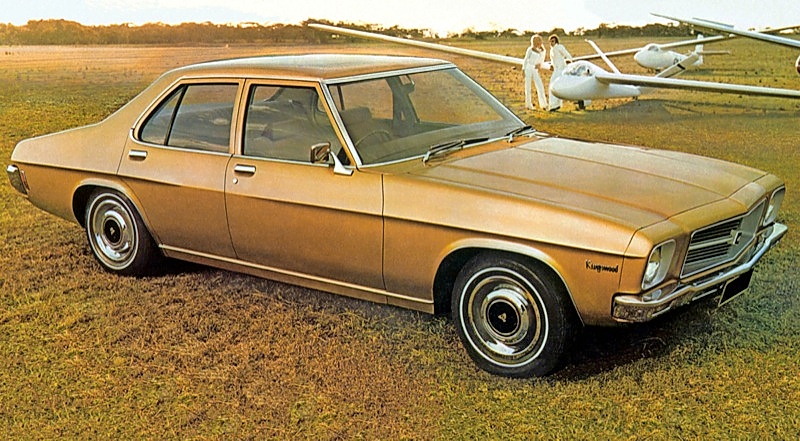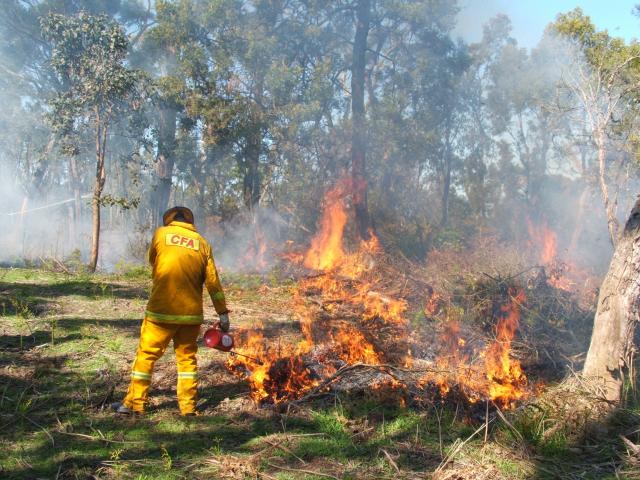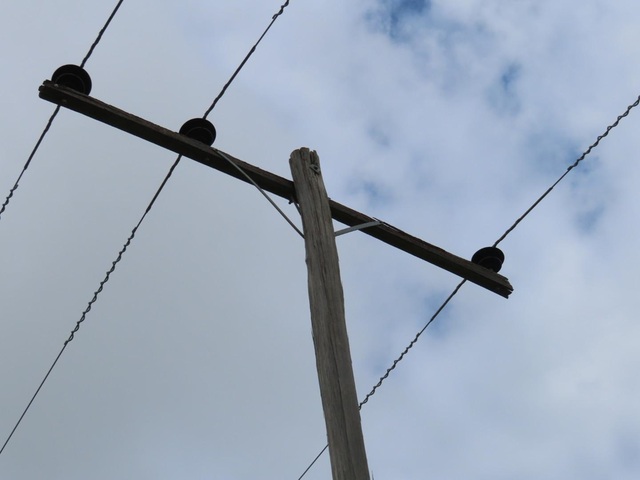By Ewan Kennedy
The 1960s and early ’70s were periods of frantic change in the car industry and, amazingly, the HQ Holden was the fourth all-new Holden body in just 10 years. The pace finally slowed and HQ-based variants lasted into the mid-1980s.
The first major change was the increase in size of both six-cylinder engines. The 161-cubic- inch motor grew to 173 cubic inches and the 186 grew to 202. Both of the Australian 253 and 308-cubic-inch V8s continued unaltered as did the Chevrolet 350 V8.
In the suspension department further changes were evident as this was the first Holden to have coil springs all round. The demise of semi-elliptic rear springs was bemoaned by some, but anyone who drove quickly on dirt roads was delighted by the change. Such a suspension was, however, too soft for the enthusiast driver. A further change was the placement of the handbrake, now located on the floor on the driver’s side of the seat, not under the dash as in previous Holdens.
The entry-level Belmont model was aimed mainly at fleet buyers, while the famous Kingswood was intended for the family buyer. In the standard wheelbase range the top of the line was the Premier.
Station wagons were built on a longer wheelbase than the sedans for the first time and this platform was also used for the long-wheelbase Statesman and Statesman De Ville. These shared the HQ door panels and front guards but had a unique grille, roofline and rear guards.
The Holden One-tonner (called at the time the cab-chassis) used a slightly crude ute-style
front-end with a rugged full chassis behind it. It became a hit with Australian tradesmen due to its rugged construction and big-engined torque.
Lines of the Kingswood were radical in their day and had a lot of knockers. The body featured a big glass area with narrow, but strong, pillars. The simple front end style of the HQ was never beaten, despite many attempts with later facelifts. If there was a real criticism it was that the ridges along the sides were easily damaged in car parks. Load area was considerably bigger in the wagon than the sedan, due to the sedan having a tail that sloped down steeply. The longer wheelbase also helped to provide more room. Although the HQ exterior was radical in its concept, the interior could be ordered in a surprisingly simple arrangement, with a column gearchange and front bench seats.
Flow-through ventilation was used for the first time in a full-size Holden.
The
instrument layout on the HQ featured a deep-set arrangement with round dials within squared-off surrounds. Ventilation controls were set into the panel, as were the washer/wiper controls. The Premier model had an imitation woodgrained finish to this panel.







